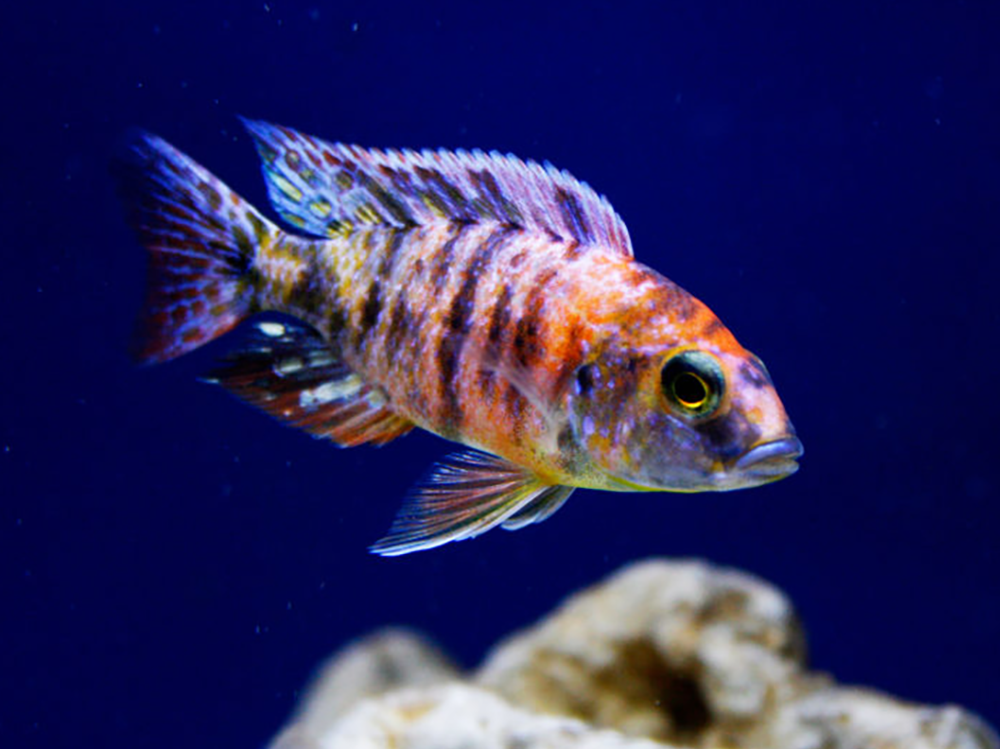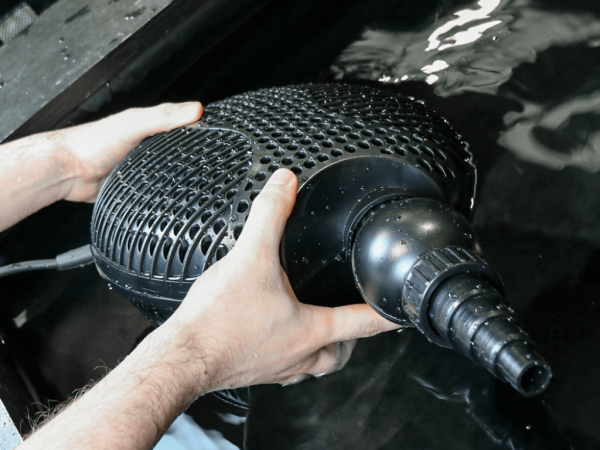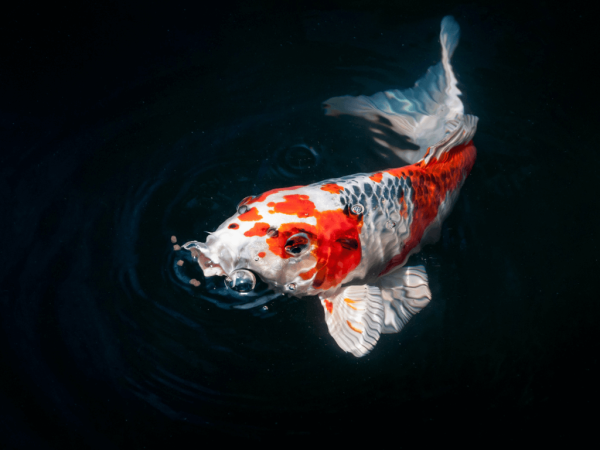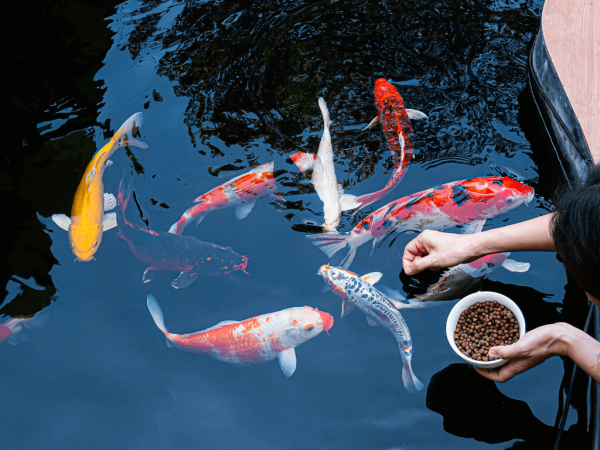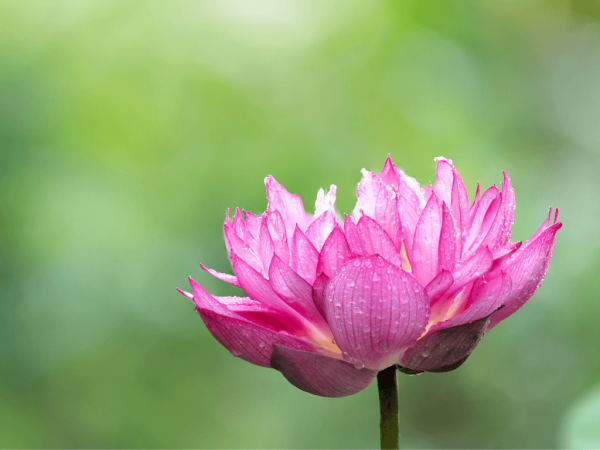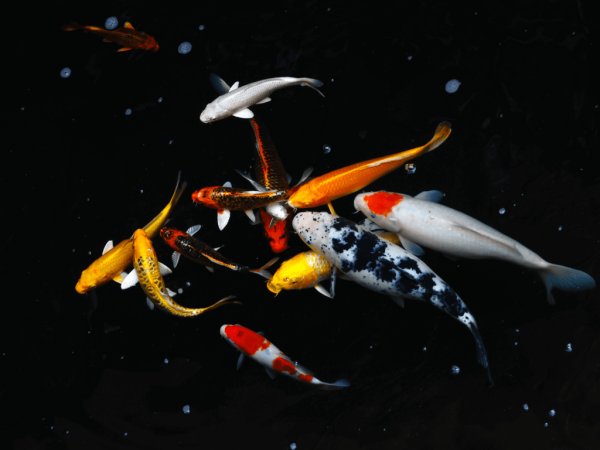How to raise pH in an African cichlid tank
Cichlids from East Africa’s Great Rift Valley are adapted to hard, alkaline water with a high pH in the wild, and should be given similar water conditions in the aquarium if they are to thrive.
Tap water in the UK ranges from about pH 6-8.5 and depends on where you live, and where your local water authority sources its water from.
A pH of 6 is lovely for most South American and West African cichlids but is too low for Malawi and Tanganyika cichlids, which need it above 7.5 and for Tanganyikans, they really prefer a pH over 8. So if you keep Rift Valley cichlids but have tapwater with a low pH, you need to raise it.
But alkaline water goes hand-in-hand with hard water, so as well as needing a high pH, the ideal is to have a high pH, KH (or carbonate hardness,) and GH (General Hardness.) Here’s how.
Buffer the tap water
A dead-easy way to raise pH and hardness at the same time is to mix a buffer into your water. Coming in powder form, use as directed on the label and add to a bucket of water every time you perform a water change. It can also be added directly to the tank although it's recommended that pH is raised slowly over time to avoid shocking the fish. Note also that ammonia becomes more toxic at a high pH, so ensure that filtration is working properly and is mature before doing so.
Buffers can be added to tapwater or RO water and even if you live in a soft water area with a low pH, as long as you add buffer every time you change the water, you can literally have hard water with a high pH on tap too.
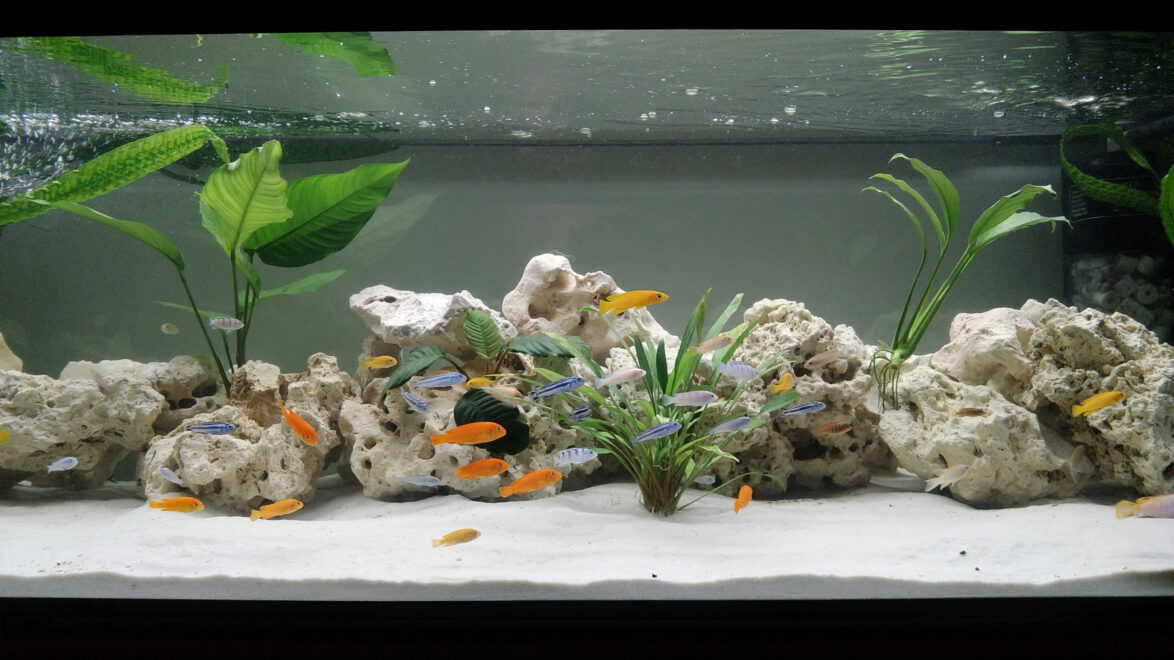
Use calcareous decor to buffer pH
Calcareous substrates are sands and gravels that are made up of natural materials which can buffer pH, hardness, or both. These include limestone gravels, coral sand, coral gravel and aragonite sand. Substrates containing sea shells buffer too. So it's common practice to use specialist cichlid substrates that buffer or even marine substrates like coral sand in Lake Malawi and Lake Tanganyika cichlid aquariums.
Rocks can also buffer pH and hardness. Choose limestone, tufa rock, Ocean rock or dry reef rock, all of which will help to maintain a high pH and hardness in freshwater tanks and if you use white rocks with light coloured coral sand and combine with bright blue and yellow Malawi cichlids you can create a dazzling “pseudo” marine tank with all the colour but none of the hassle of saltwater fish.
Test the water
When using any buffers or altering pH its important to test before, during and after. Arm yourself with tests for pH, KH and GH as well Ammonia, Nitrite and Nitrate for the ultimate in water control and preparation, and to provide the best possible water conditions for your fish. Don't change the pH too quickly too, even if it is on the low side. Make small changes with a view to rectifying a low pH over the course of a week, not a day, as a pH 6 is ten times more acidic than pH 7, and 100 times more acidic than pH 8. That's a big change for any fish, even hardy fish like African cichlids.




